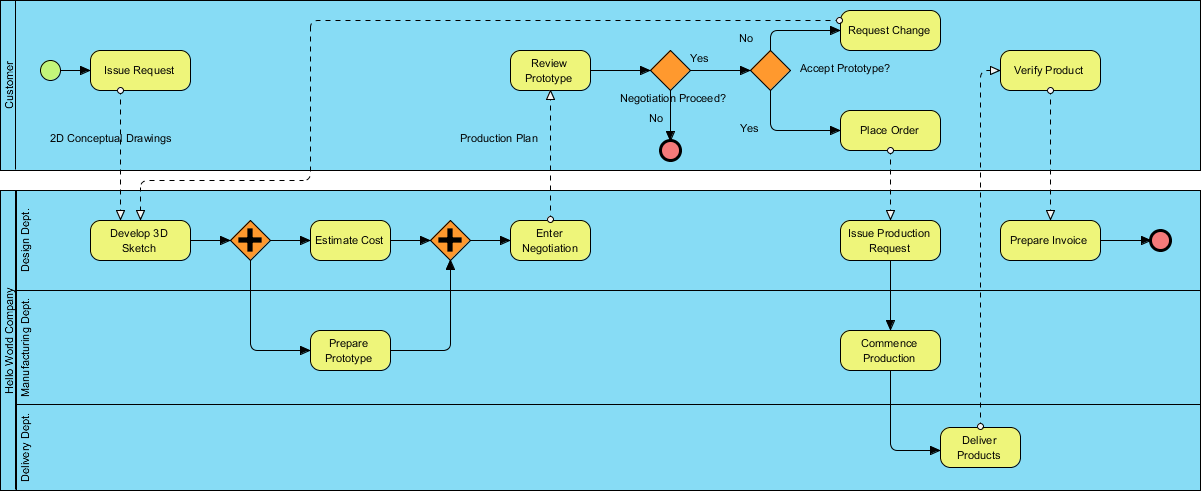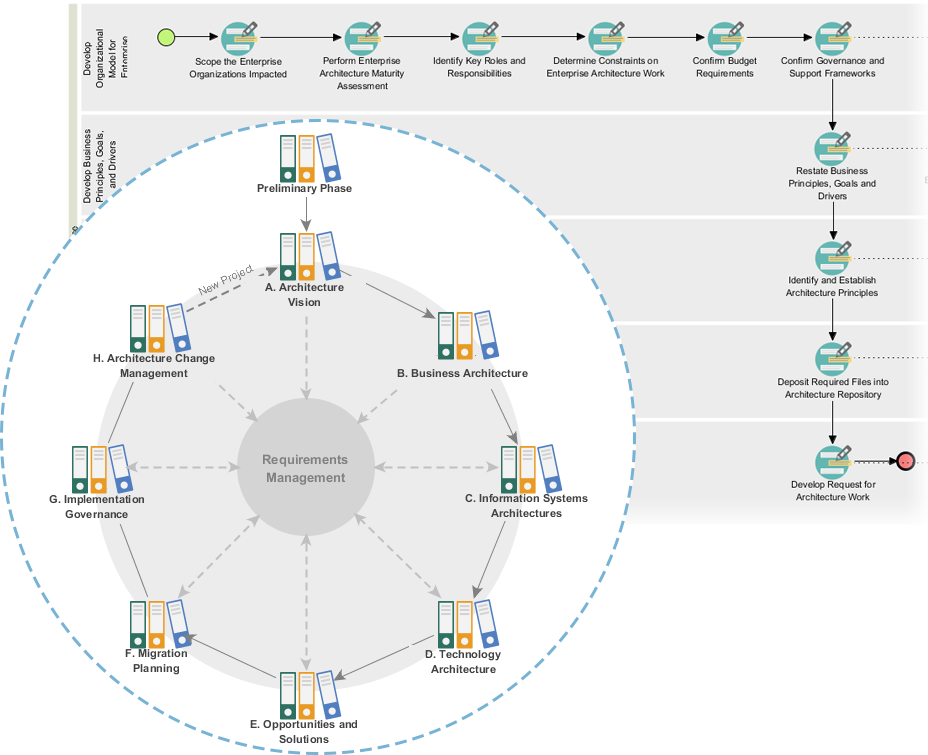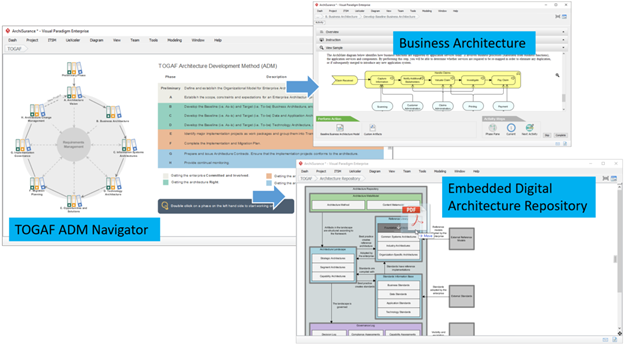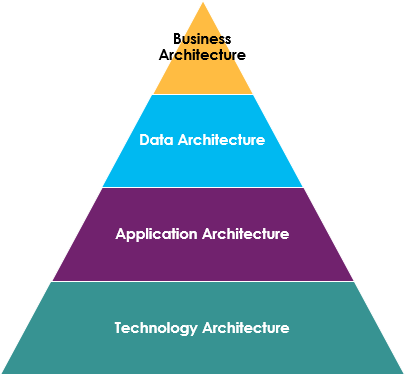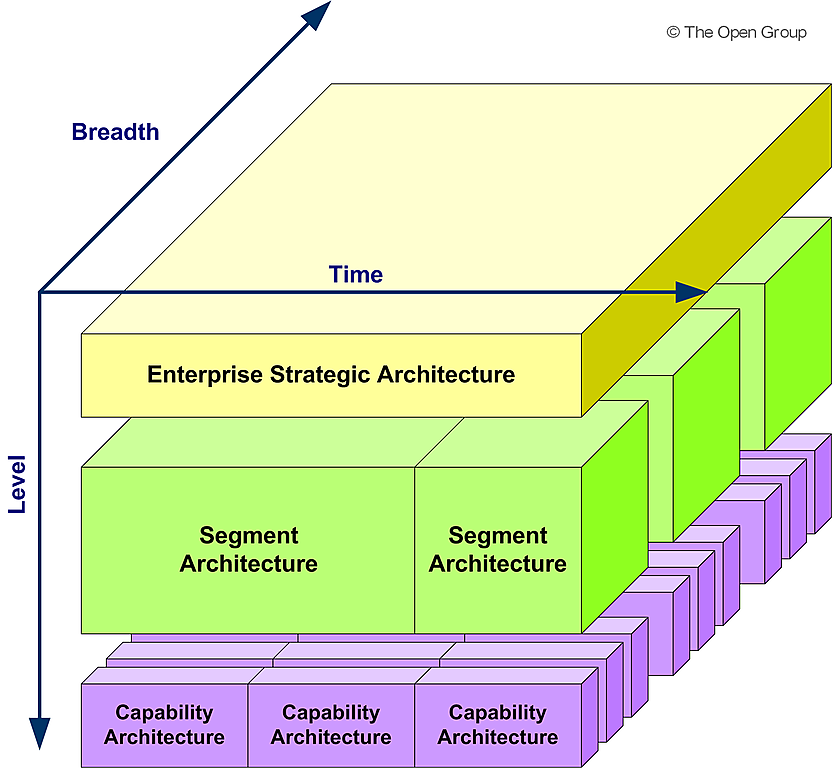Understanding the ArchiMate Motivation View: Unveiling the WHY, WHOM, and WHAT
In the intricate world of enterprise architecture (EA), understanding the motivation behind change is crucial. The ArchiMate Motivation View, also known as the Goals View, allows us to explore the WHY, WHOM, and WHAT of demand. Let’s dive into this powerful viewpoint and discover how it sheds light on the driving forces behind architectural decisions. 1. What Is the Motivation View? The Motivation View captures the reasons and drivers that guide changes in an enterprise architecture. It answers fundamental questions: WHY is this change needed? WHOM does it impact? WHAT are the goals and outcomes? When appropriate, it can also associate a Value to…continue reading →




